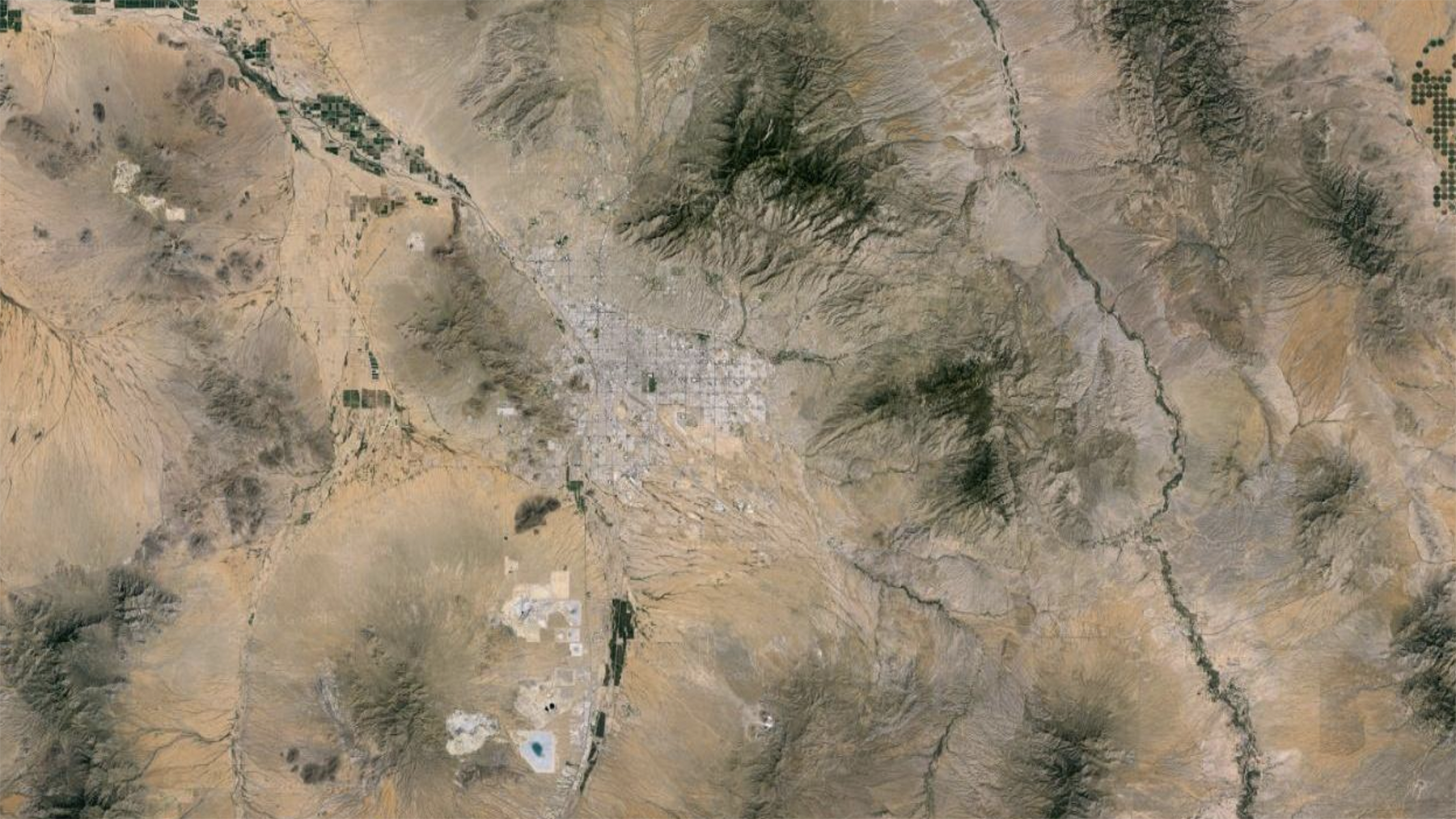
Did the Chicken Even Make it Across the Road?
Because of the way humans have settled into cities in the US, it can be easy to forget that most living creatures travel for a living. In order to get what they need when they need it, they follow patterns given to them by the universe. Humans tend to get in the way of that process with our fences, walls, roads, pavement, clear cutting and otherwise obliterating sacred pathways of life.
I’m sure you know about the decline of monarch butterflies, or how it’s harder for bats to find food – but those creatures can fly. Now, whether they can fly to the right place at the right time is a whole different battle, but getting there is still an option. For many animals, walking is the only way to get to food, water, and other resources. Our animal family deserve our participation in their natural cycles and they suffer when we don’t make them a priority.
When designing our mighty infrastructure, we have to plan for wildlife crossings so animals can move about freely. When we curtail their livelihoods we hurt ourselves. Ecosystem collapse is no joke, and one way to get there is by caging everyone in between roads, long fences and walls.
Enter: Wildlife Linkages
There’s plenty of infrastructure science that shows that simple wildlife corridors have epic impacts2. We’re talking bridges over highways, passages under roadways, and thoughtful fencing plans. The Coalition for Sonoran Desert Protection is at the forefront of this effort in Pima County.
Their website says:
Through advocacy, education, and collaboration, we pro-actively protect and restore Sonoran Desert habitat and wildlife linkages and defend against threats from short-sighted development.
These guys are great – the work they do has made a significant impact on the landscape, their mailing list emails are informative and entertaining, and they have a huge hoard of wildlife camera volunteers making sure data is collected on who’s going where, ensuring we have the data we need to convince authorities that these things matter. They’ve got 29 active cameras and you can learn more about that at Sonoran Desert Community Science page.
In the Pima County Conservation Lands System map published in 2005, the Field Station is located in a “Critical Landscape Connection” so naturally, my interest in the Coalition was piqued. Here, we understand the critical nature of habitat corridors. Our valley is drying up and resources are getting harder to find. Desert Bighorn Sheep are rarely seen crossing from the Silverbells and Watermans to the Tucson Mountains, but it does happen, and should be able to happen without being impeded. Migration like that is pivotal to the health of the landscape, and we are situated at the lowest point in that journey. The sheep are facing some serious hurdles to long term sustainability.
Right now, the Regional Transportation Authority is working on funding its newest 20 year plan and is requesting community input. If habitat support is on your list of concerns for the coming years, consider filling out their survey. Right now it seems like the wildlife linkages funding could be on the chopping block, so let’s make sure that doesn’t happen. The Coalition has put together a comprehensive list of ways to put your support behind funding Wildlife Linkages in Pima County… check it out.
Consider joining the Coalition in the work they do, or at least follow them on Facebook and check out the awesome wildlife photos they share.
Additional Reading
- Wildlife Linkages from the Coalition for Sonoran Desert Protection
- Wildlife Crossing Success Stories in the Western States – ARC Solutions
- Wildlife Linkages – Arizona Department of Transportation
- Evaluation of Measures to Reduce Wildlife-Vehicle Collisions and Promote Connectivity in a Sonoran Desert Environment – State Route 77 – Arizona Game and Fish Department Wildlife Contracts Branch
- RTA and wildlife linkages: time to organize – Coalition for Sonoran Desert Protection
- RTA Next Survey – Regional Transportation Authority

2 Comments
b. rose
thank you for what you are doing!
Dusty Reyes
thank you for reading my work! 🙂